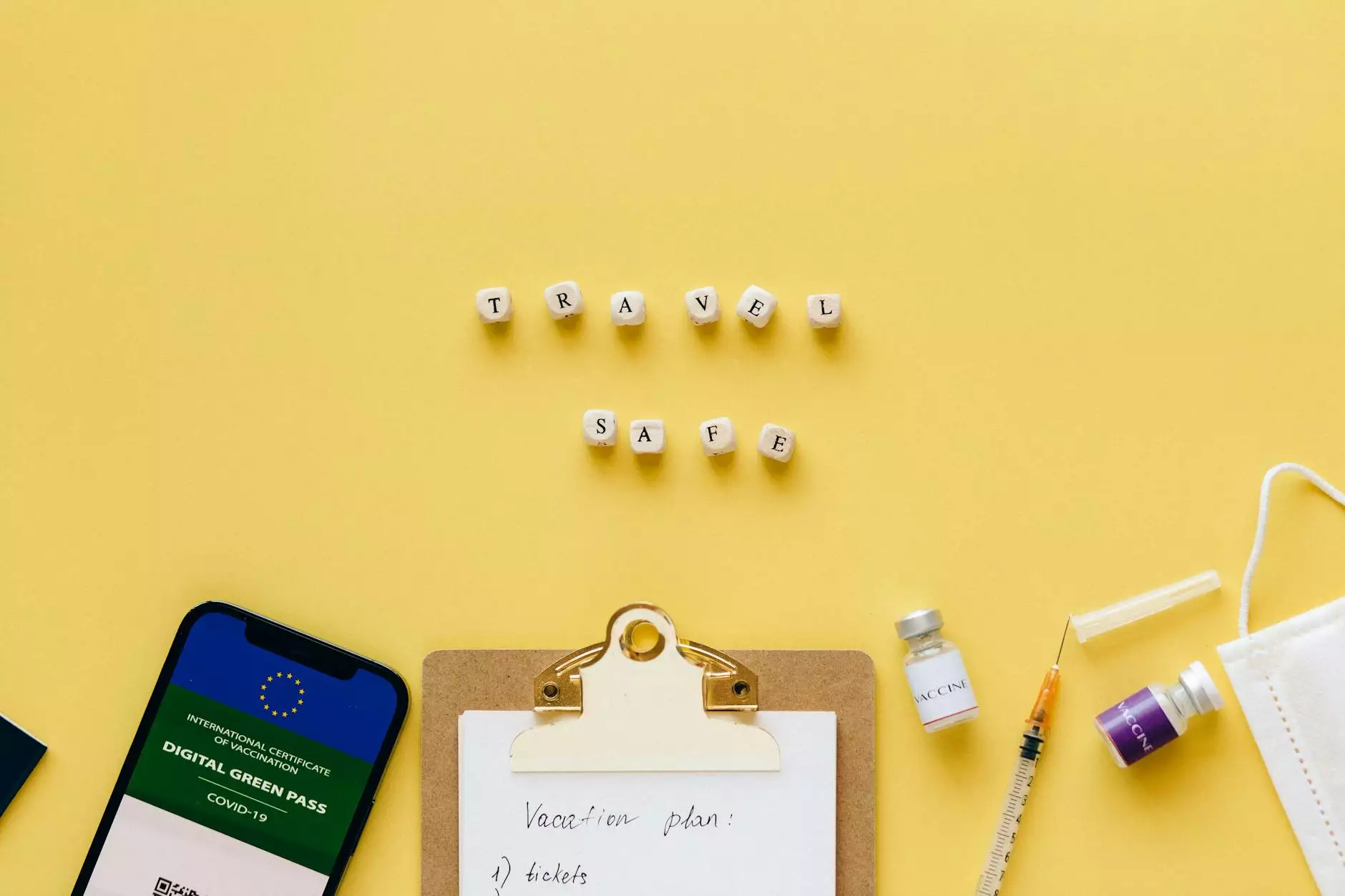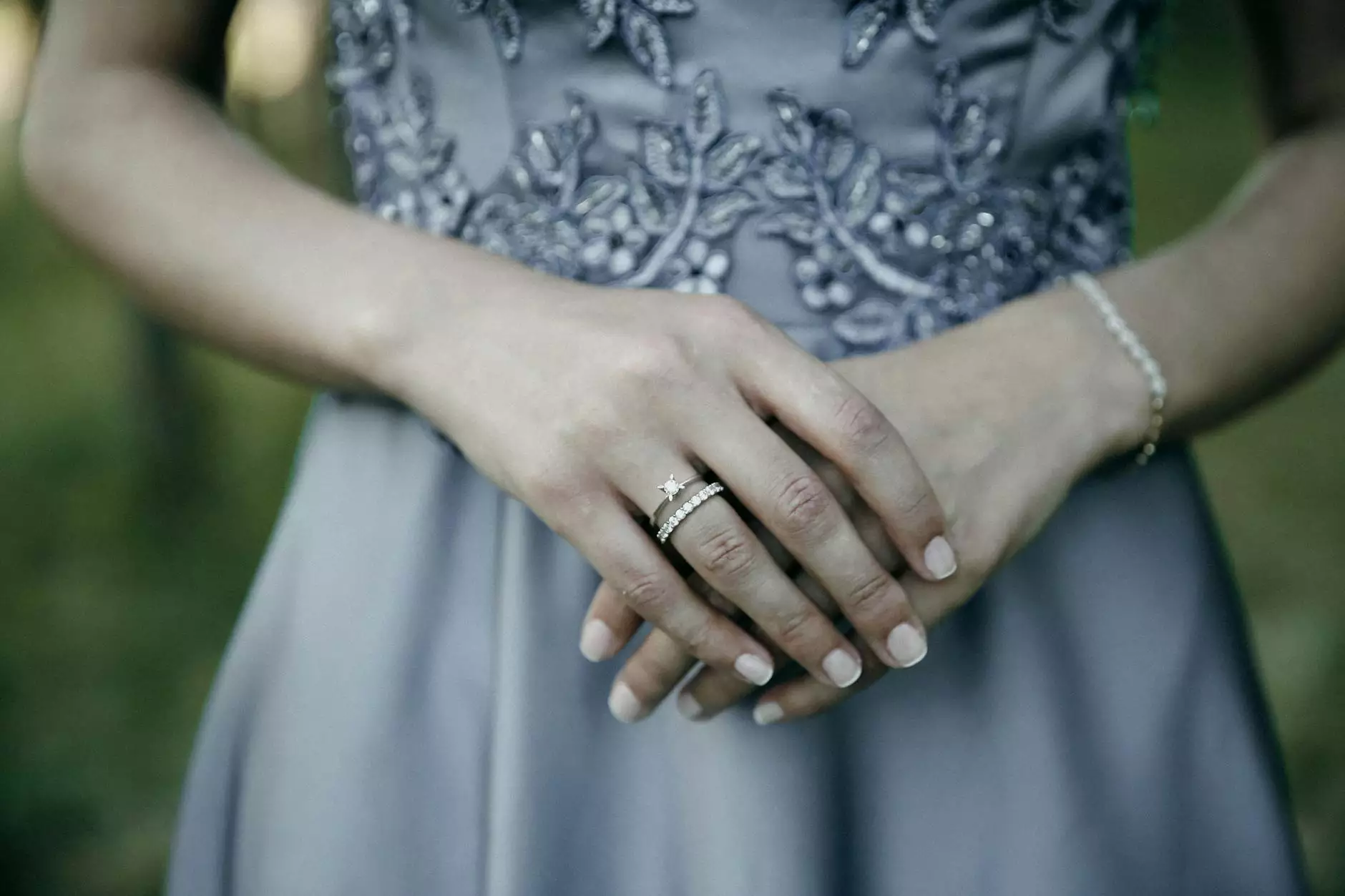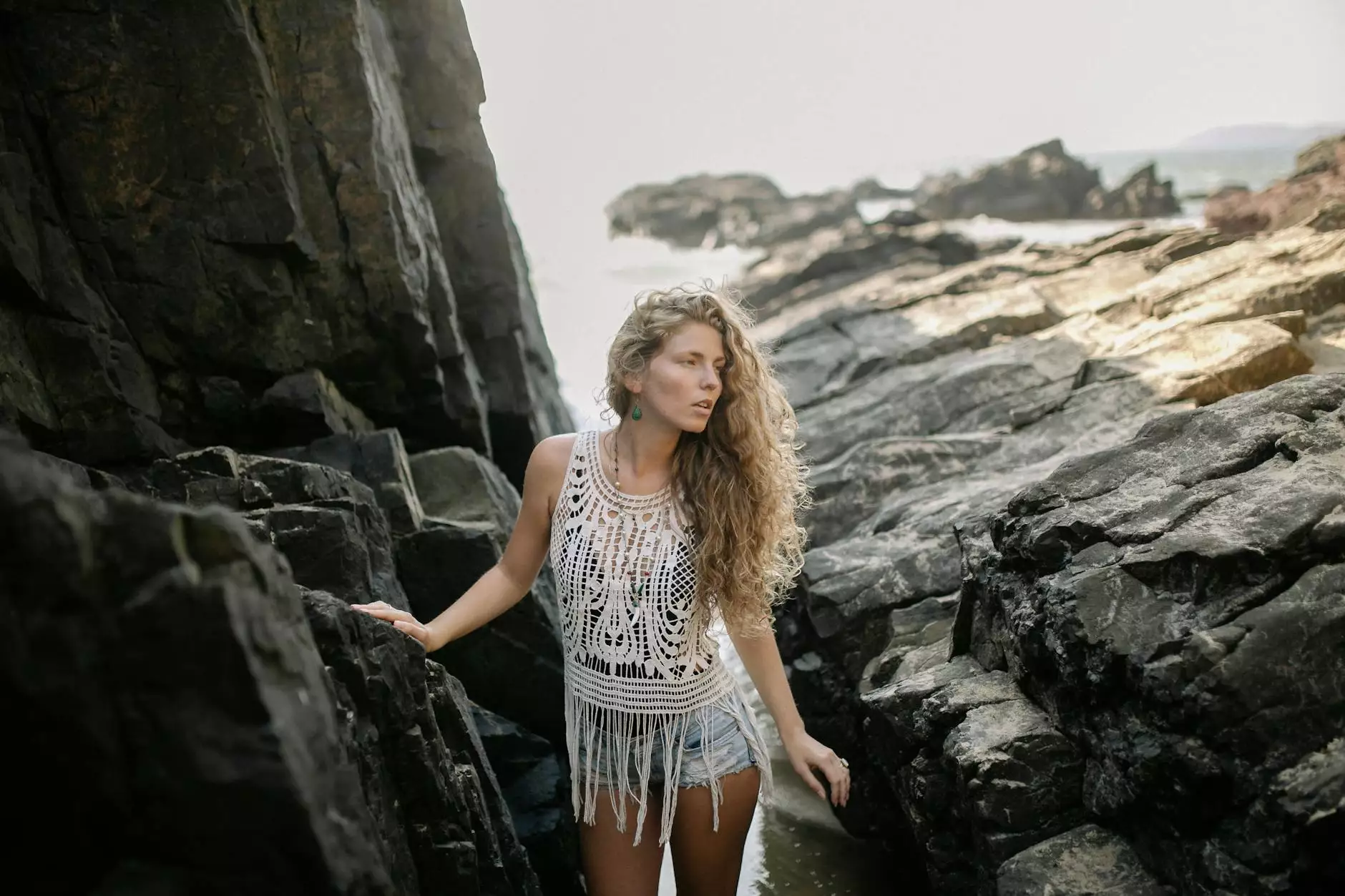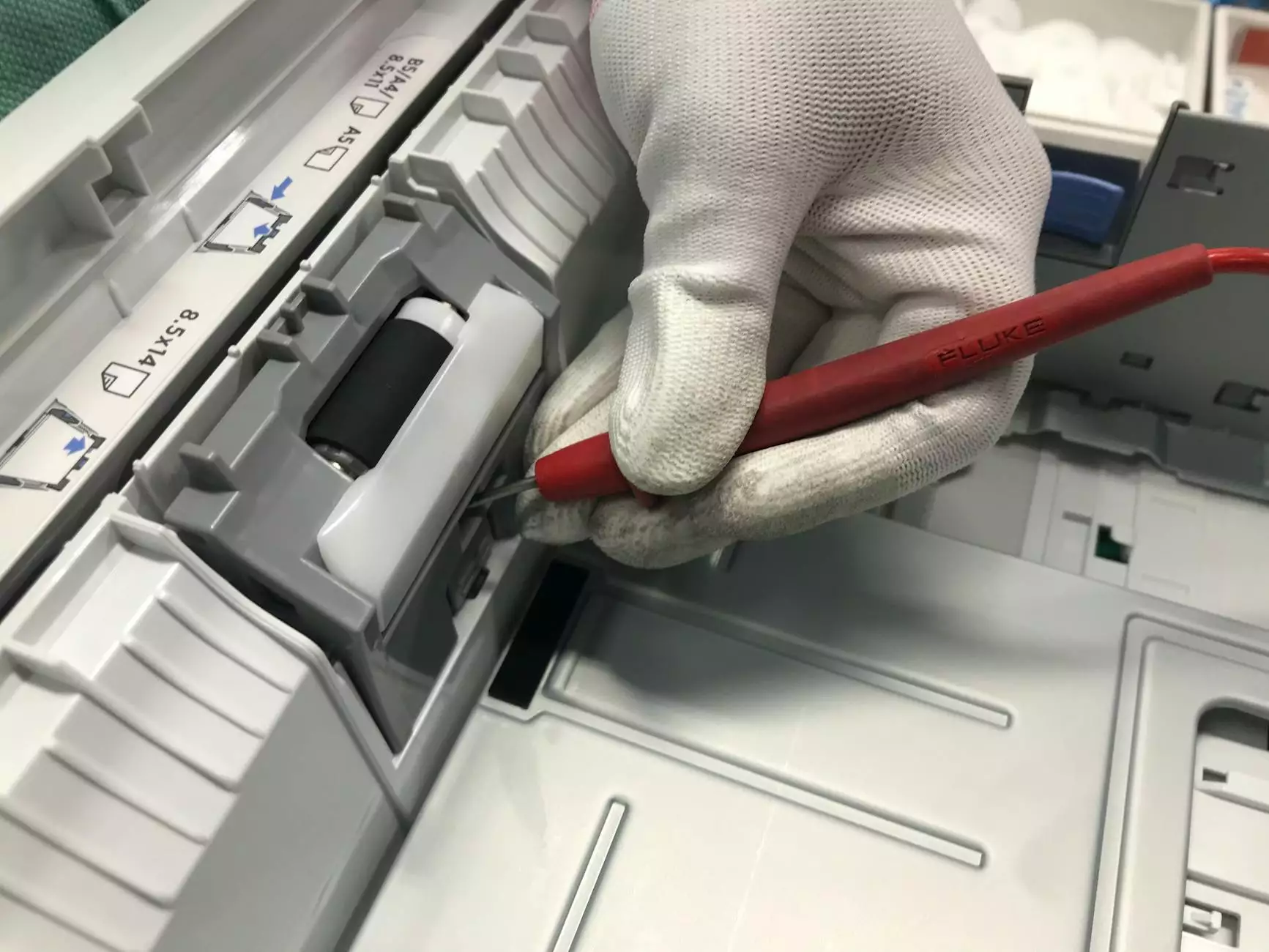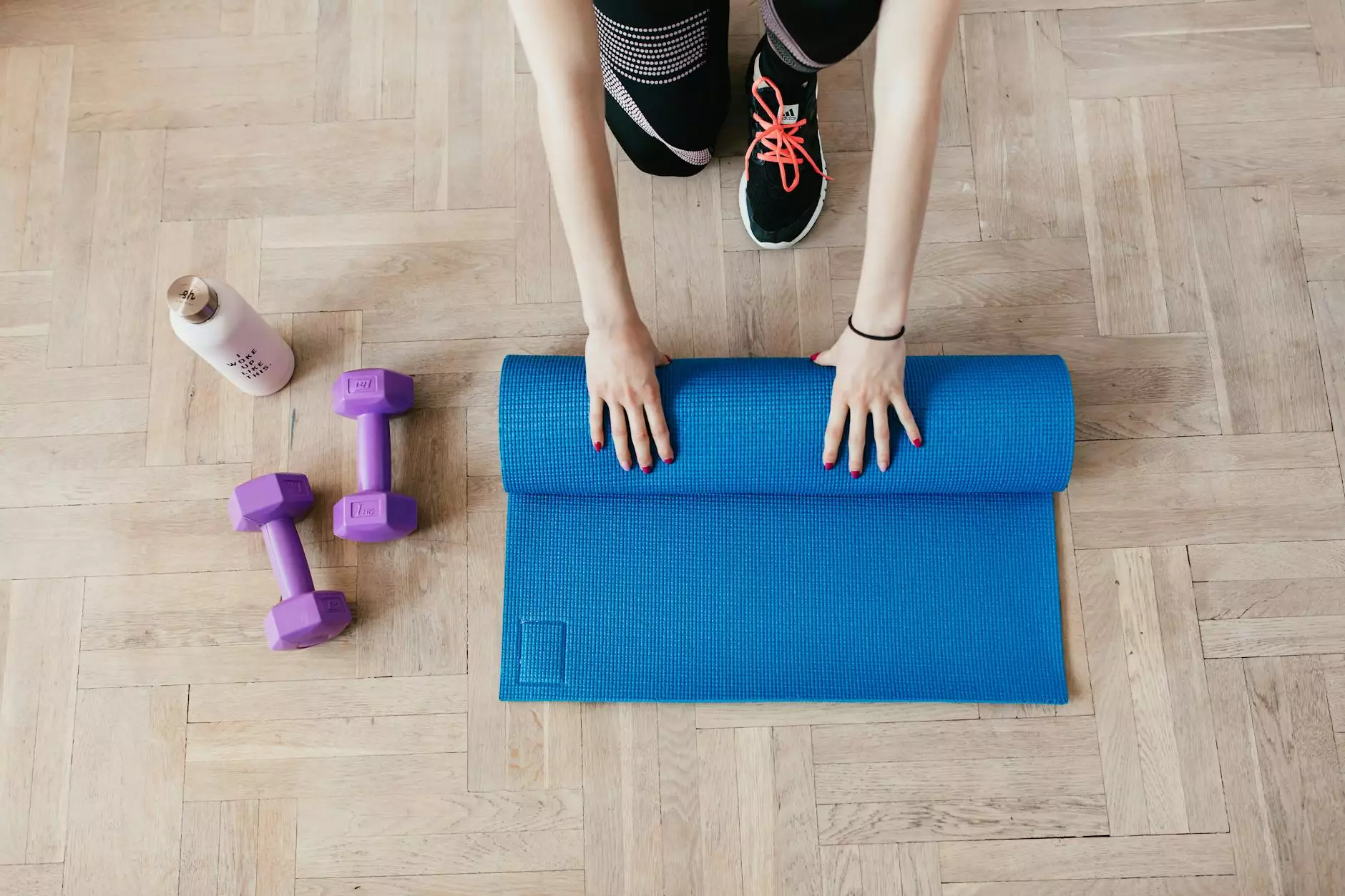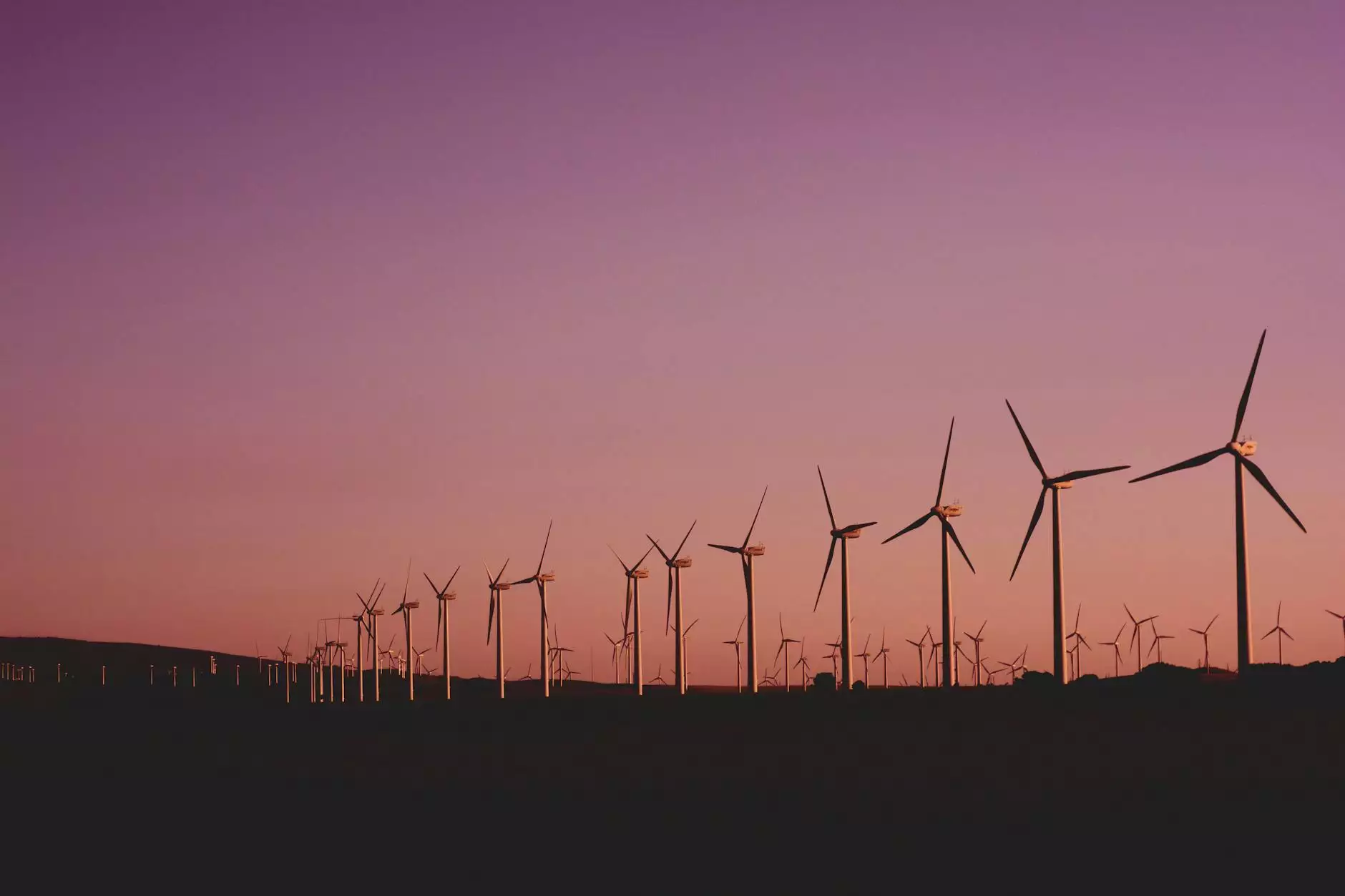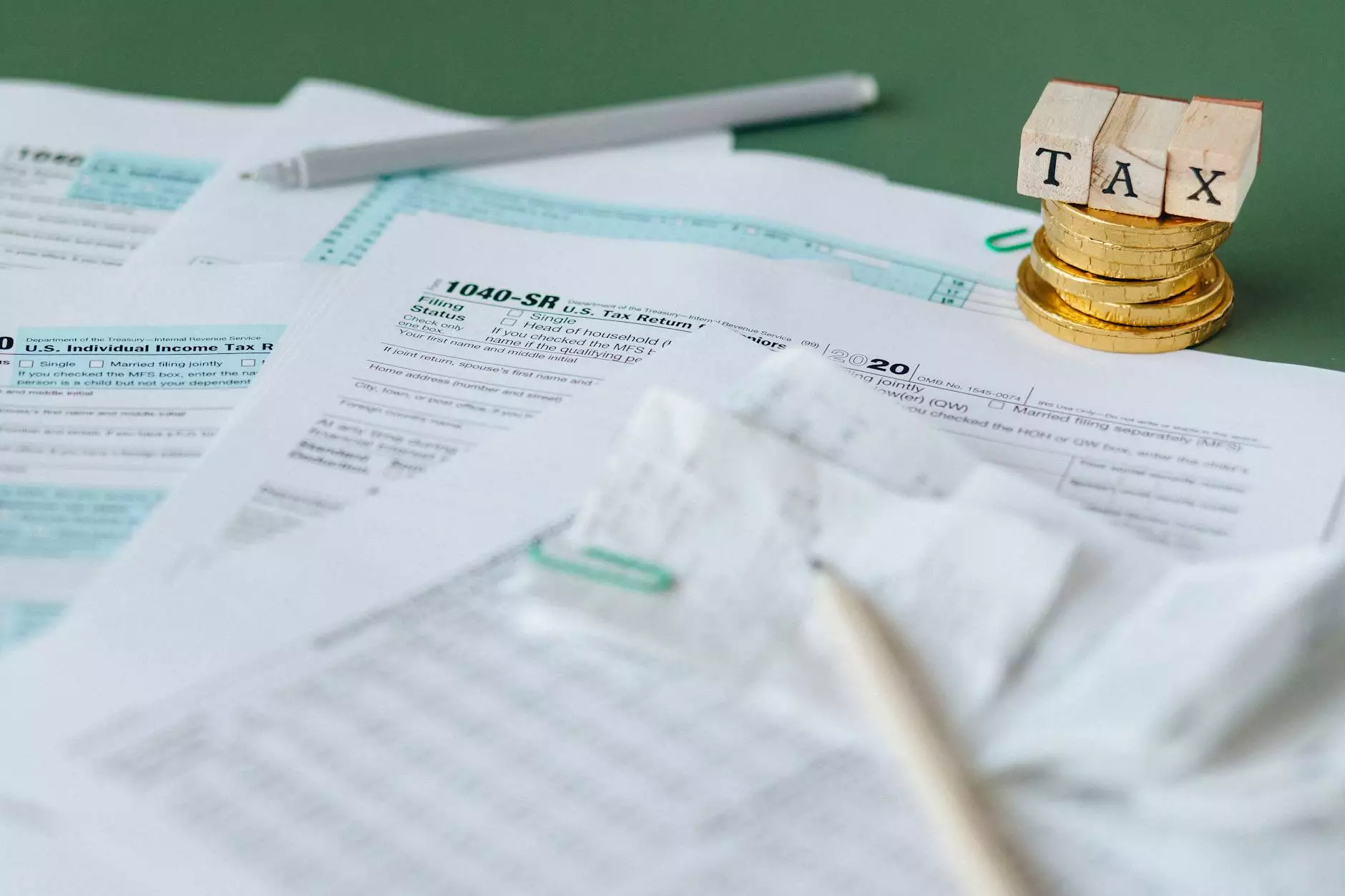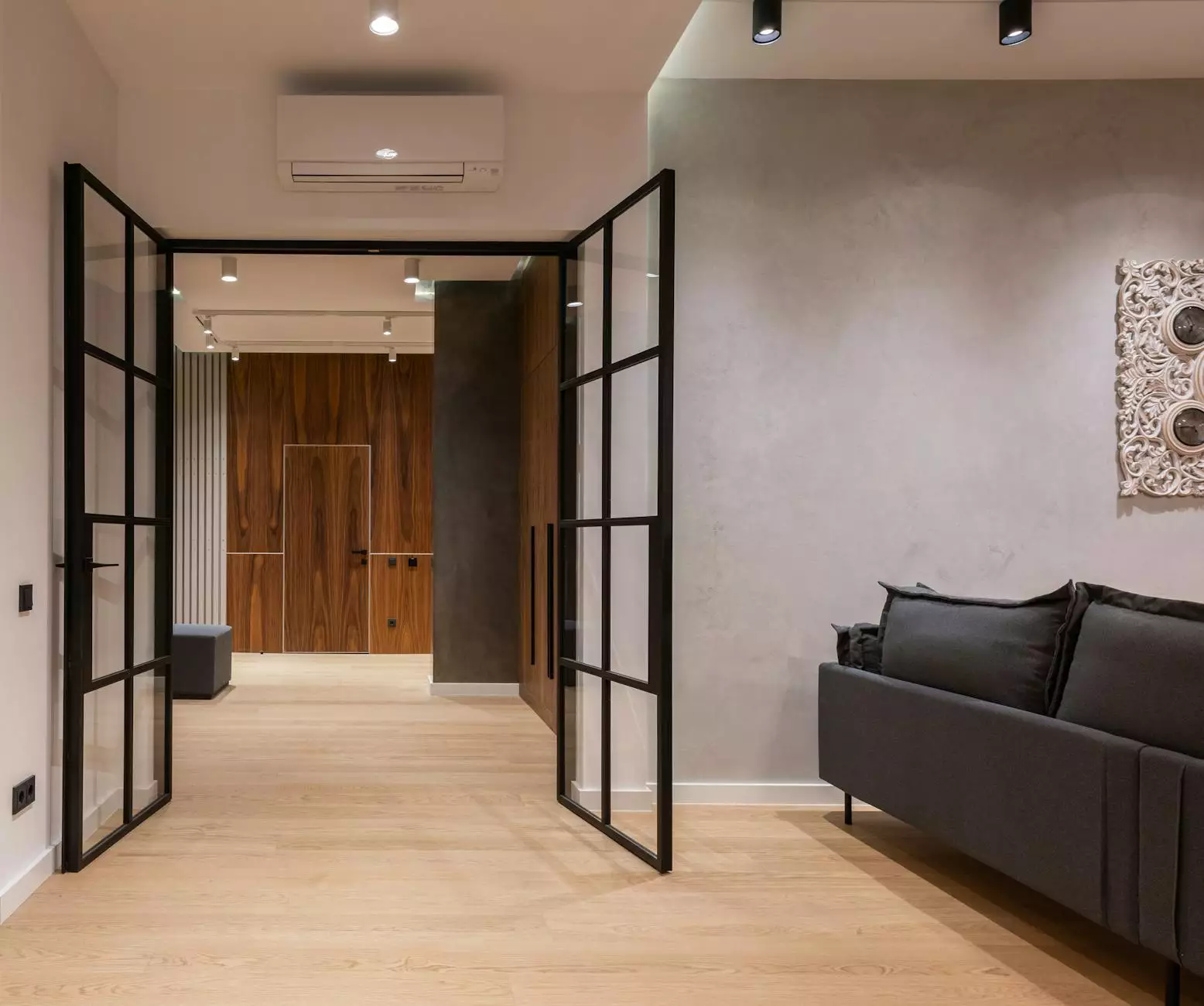Essential Equipment for Event Photography: The Complete Guide
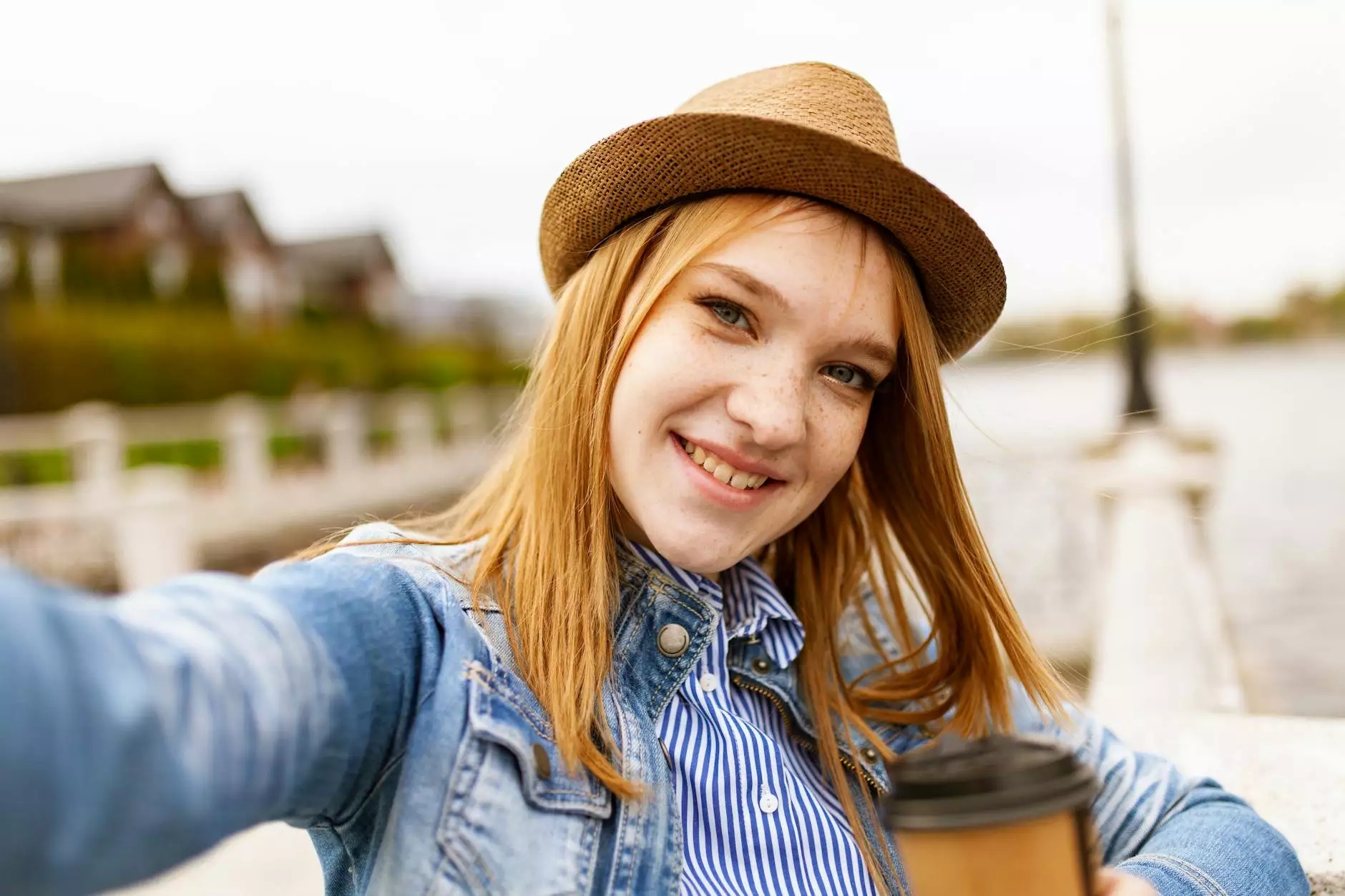
Event photography is a specialized field that captures significant moments during various occasions, from weddings and corporate events to parties and concerts. As a professional event photographer, having the right event photography equipment is crucial to delivering stunning results that clients will cherish forever. In this guide, we will explore the essential gear needed for successful event photography, helping you choose the best tools for your unique style and needs.
1. Cameras: The Heart of Your Event Photography Kit
Your choice of camera can make or break your event photography. Modern digital cameras offer a range of features that are essential for capturing high-quality images in diverse lighting conditions.
1.1. DSLR vs. Mirrorless Cameras
When choosing a camera, consider whether a DSLR or a mirrorless camera best fits your needs. Both types have their advantages:
- DSLR Cameras: Known for their durability, extensive lens options, and excellent battery life. They typically perform well in low light, which is crucial for event photography.
- Mirrorless Cameras: Generally lighter and more compact, with advanced autofocus capabilities and real-time exposure previews. Great for fast-paced events where capturing the moment is critical.
Ultimately, the right choice depends on your personal preference and the type of events you cover.
2. Lenses: Capturing the Right Perspective
The lens you choose can dramatically affect the quality and style of your photographs. Here are some essential lenses to consider for event photography equipment.
2.1. Prime Lenses
Prime lenses, such as the 50mm f/1.8, are known for their sharpness and ability to perform well in low light due to their wide apertures. They are ideal for portraits, allowing you to achieve beautiful background blur (bokeh).
2.2. Zoom Lenses
Zoom lenses, like the 24-70mm f/2.8, offer versatility, enabling you to quickly adjust your framing without having to change lenses. They are particularly useful in dynamic environments, where moments can happen in the blink of an eye.
2.3. Wide-Angle Lenses
For larger venues or group shots, a wide-angle lens (such as an 16-35mm) is invaluable. It allows you to capture more of the scene, making it easier to include all guests or the ambience of the venue.
3. Lighting Equipment: Illuminating Your Shots
Good lighting is vital in event photography. Many events will take place in challenging lighting situations, from dimly lit receptions to outdoor events where the sun can cause harsh shadows.
3.1. External Flashes
Using an external flash can dramatically improve your images. A flash unit allows for more control over lighting, and when used off-camera, it can create flattering, natural-looking light.
3.2. Softboxes and Diffusers
Softboxes and diffusers can help soften harsh flashes, preventing unflattering shadows and highlights. They are particularly useful in indoor settings where the light may be harsh.
4. Audio Equipment: Capturing Every Moment
For events that involve speeches or live music, having quality audio equipment is crucial. Here are some tools to consider:
4.1. Audio Recorders
Standalone audio recorders can capture high-quality sound, especially in situations with multiple speakers or performers.
4.2. Lavalier Microphones
Clip-on lavalier microphones are perfect for capturing speeches unobtrusively, ensuring clear audio without distracting from the event.
5. Accessories: The Unsung Heroes of Event Photography
Besides the primary equipment, several accessories can enhance your event photography experience:
- Tripods: Essential for stability, particularly in low-light conditions where camera shake can be an issue.
- Memory Cards: Always carry extra high-capacity memory cards to avoid missing important moments due to lack of storage.
- Camera Bag: A reliable camera bag with compartments can keep your gear organized and protected while you're on the move.
- Cleaning Kits: Ensure your lenses and sensors are clean to maintain image quality by always having a cleaning kit on hand.
6. Preparing for the Event: Planning and Coordination
Once you've gathered your event photography equipment, preparation is key to a successful shoot. Here are some preparation tips:
6.1. Scout the Location
If possible, visit the venue ahead of time to understand the layout, lighting conditions, and potential shooting spots. This pre-planning helps you anticipate challenges and find the best angles to capture the event.
6.2. Discuss with Clients
Communicate clearly with your clients about their expectations, preferred styles, and important moments they want captured at the event. This discussion is crucial for aligning your artistic vision with their desires.
7. The Day of the Event: Tips for Success
On the day of the event, being well-prepared and adaptable is essential. Here are some valuable tips:
- Arrive Early: Give yourself ample time to set up your gear, test your equipment, and scout for good shooting locations.
- Stay Alert: Events can be unpredictable. Keep an eye on what's happening around you to capture candid moments that tell the event's story.
- Combine Posed and Candid Shots: While posed shots are important, candid photographs often convey the emotion and atmosphere of an event more profoundly.
8. Post-Event: Editing and Delivering Your Work
After the event, it's time to edit and deliver your work. Here’s how to streamline this process:
8.1. Image Selection
Review all your shots and select the best moments that effectively tell the story of the event. It can help to categorize images for easier editing later.
8.2. Editing Software
Programs like Adobe Lightroom and Photoshop are industry standards for photo editing. Use them to enhance color balance, adjust exposure, and enhance the overall aesthetic of your photos.
8.3. Delivery Options
Consider how you will deliver the final photos to your clients. Options include online galleries, USB drives, or physical prints. Each method has its benefits, depending on client preferences.
Conclusion: Investing in Your Event Photography Equipment
Investing in quality event photography equipment is essential for any photographer looking to excel in this dynamic field. By understanding your gear and developing your skills, you can create breathtaking images that vividly capture the essence of any event. Always remember, it’s not just about having the best equipment, but also about how you use it to tell a story through your lens. At Morton Visuals, you can find a wide array of photography equipment and services that cater specifically to your needs. Empower your photography with the right tools, plan effectively, and embrace the art of capturing moments that last a lifetime.
